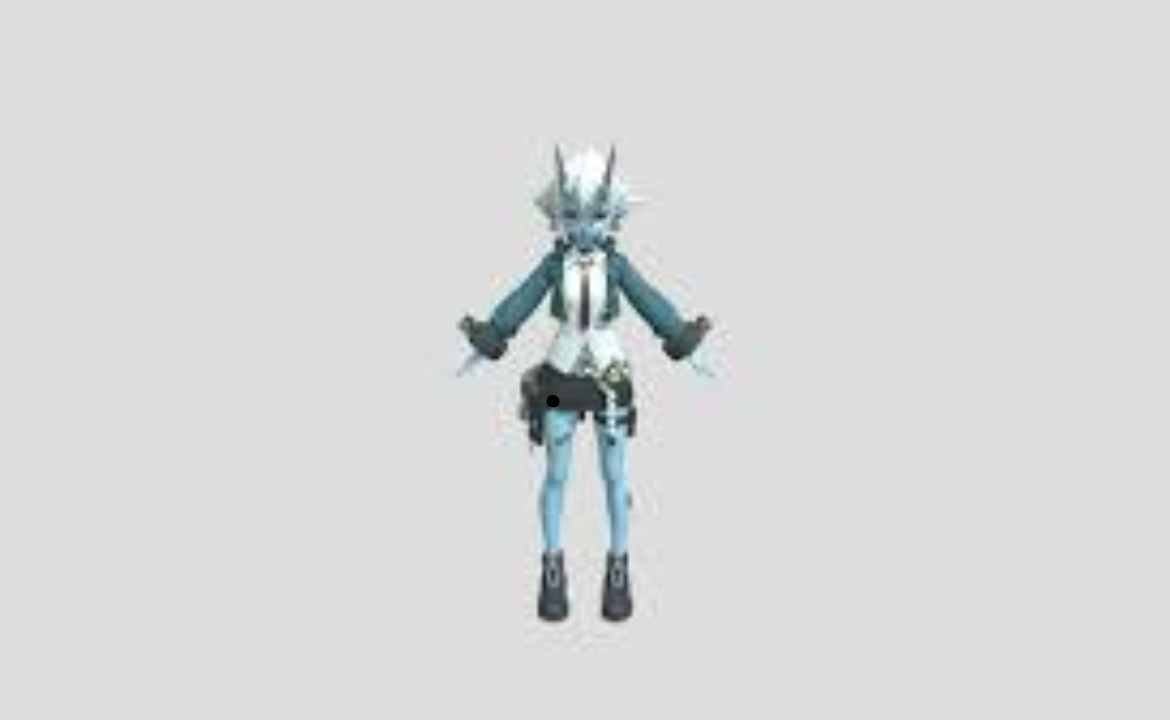The Alpeca Zenless Zone Zero 3D model is gaining attention among fans of immersive video game artistry and digital modeling. As Zenless Zone Zero continues to attract a global player base with its futuristic setting and anime-inspired visuals, characters like Alpeca are becoming icons in the 3D modeling community. This article explores the design elements, functionality, and creative use of Alpeca’s 3D model in Zenless Zone Zero.
The Rise of 3D Modeling in Gaming
In recent years, 3D modeling has transformed the gaming landscape. No longer limited to simple character shapes or static models, game developers now use highly detailed and dynamic models that breathe life into virtual worlds. The Zenless Zone Zero universe is a perfect example. Built with intricate detail and fluid animation, each character is designed to enhance player engagement.
Alpaca, one of the standout characters, exemplifies this approach. Her model is detailed, expressive, and responsive, reflecting the advanced technology used in today’s game design. The 3D model does not only serve an aesthetic function—it also supports interactive gameplay, making the character more relatable and immersive.
In Zenless Zone Zero, players navigate a post-apocalyptic city filled with anomalies and enemies. Characters like Alpeca bring variety to the team composition with their unique visuals and abilities. The effort put into her 3D model speaks volumes about the game developers’ commitment to quality.
Visual and Technical Aspects of Alpeca’s Model
Creating a compelling 3D model involves a combination of artistry and technical precision. The Alpeca Zenless Zone Zero 3D model is built using high-polygon meshes to allow for detailed textures, facial expressions, and smooth animation.
From the texture of her outfit to the reflection in her eyes, everything about Alpeca’s model feels alive. Her movements are fluid, reacting naturally to player commands and environmental conditions. This level of detail not only boosts visual appeal but also plays a crucial role in enhancing the user experience.
Another key feature of Alpeca’s 3D model is modularity. This allows designers to reuse core elements of the model in different contexts—combat, cinematic scenes, and idle moments—without loss of quality. Each animation cycle is crafted to maintain emotional consistency, keeping the player connected to the character.
Lighting effects and shaders are applied to enhance realism. Alpeca’s clothing interacts with light sources in the environment, giving the illusion of texture and depth. This effect is especially noticeable in high-definition gameplay, where her character stands out even amidst visual chaos.
Why Alpeca Stands Out in Zenless Zone Zero
Zenless Zone Zero boasts a wide range of characters, but Alpeca’s design is often singled out for its unique blend of futuristic aesthetics and emotional realism. Her 3D model combines sleek armor with expressive facial features, making her both combat-ready and emotionally engaging.
Her animations are carefully choreographed, whether she is standing idle or performing a complex attack move. Each transition is smooth, which showcases the power of modern game engines used in the development of Zenless Zone Zero. This smooth transition is especially important in fast-paced games, where even a slight visual glitch can disrupt immersion.
Alpeca also benefits from advanced rigging techniques. Rigging refers to the skeleton beneath the model that allows it to move. Her model uses a custom rig that supports realistic movement without deforming the visual mesh. This allows for a wide range of motion, including dynamic combat stances and emotive facial gestures.
In community discussions, many players mention how Alpeca’s model feels more “alive” than many game characters. Her idle animations often include small, realistic motions—like blinking, shifting weight, or adjusting posture—that enhance believability.
Applications Beyond the Game
The Alpeca Zenless Zone Zero 3D model is not just confined to the game. It has found a second life among fans and 3D artists who create mods, fan art, and animations. Because of its high quality and expressive design, Alpeca’s model serves as a learning tool and inspiration for aspiring 3D artists.
Some hobbyists extract and adapt her model for personal projects, educational demos, or even VR environments. Though done unofficially, this popularity is a testament to the craftsmanship of the model. In many digital art forums, Alpeca’s character design is often analyzed for its balance between style and technical functionality.
Additionally, with the rise of virtual influencers and content creators, models like Alpeca’s are increasingly used in custom avatars and digital showcases. The realism and flexibility of her design make her suitable for these extended applications.
From a business perspective, this expanded use increases brand visibility and keeps the game relevant beyond its core audience. Alpeca’s design has even been referenced in academic discussions on digital storytelling and interactive design.
The Future of 3D Models in Zenless Zone Zero
Zenless Zone Zero continues to evolve, and the success of characters like Alpeca suggests a promising future for in-game modeling. As hardware capabilities grow, we can expect even more lifelike characters and interactive environments. Developers are likely to push the envelope further by incorporating technologies such as real-time ray tracing, procedural animation, and AI-driven behaviors.
Alpeca’s 3D model sets a benchmark for what players now expect from modern video games. Her expressive design and functional complexity reflect a growing trend: characters are no longer just game pieces—they are integral parts of the narrative and emotional experience.
Looking ahead, players and artists alike can expect new tools to interact with these 3D models in deeper ways. Whether it’s through modding, game development, or fan art, characters like Alpeca will continue to inspire and influence.
Conclusion
The Alpeca Zenless Zone Zero 3D model is more than just a visual representation of a game character—it’s a digital masterpiece shaped by artistic vision and technical innovation. With precise modeling, expressive animations, and wide adaptability, Alpeca has become a favorite both in-game and in the broader digital art community. As Zenless Zone Zero grows, the role of advanced 3D models like Alpeca’s will only become more significant in defining the player experience.
